How AI is shaping the future of education.


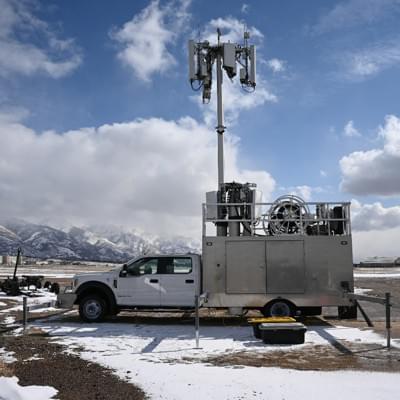
The Defense Department has released a new strategy document that gives global military installations the ability to use private 5G networks if such solutions best meet their mission needs.
The Pentagon’s private 5G deployment strategy, which was signed on Oct. 16 and publicly released on Tuesday, outlined the operational requirements that must be met for DOD bases to embrace private networks instead of commercial high-speed solutions.
In a foreword to the guidance, DOD Acting Chief Information Officer Leslie Beavers called the new document an addendum to the department’s 5G strategy and implementation plan that were released in 2020. That previously issued guidance outlined the need for DOD to leverage the use of “private, hybrid and public 5G networks” to enhance its operational and data-sharing capabilities across the globe.

Officials of the Army Contracting Command at Redstone Arsenal, Ala., announced a $670.5 million contract to DTS last week to build the common hypersonic glide body and thermal protection system. DTS is a wholly owned subsidiary of Leidos Dynetics.
The Army hired DTS to produce the first commercially manufactured set of common hypersonic glide body systems. DTS is working with Lockheed Martin Corp. to support integration and prototyping of the new common hypersonic glide body, which is expected to be available across military services to provide commonality to air-, land-, and sea-launched hypersonic weapons.
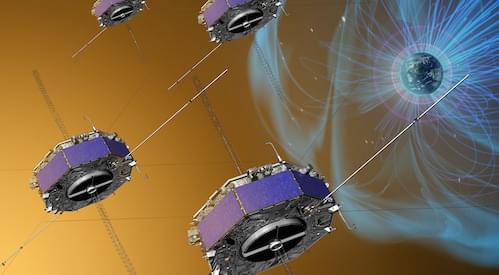
Ocean currents spin off huge gyres, whose kinetic energy is transferred to ever-smaller turbulent structures until viscosity has erased velocity gradients and water molecules jiggle with thermal randomness. A similar cascade plays out in space when the solar wind slams into the magnetopause, the outer boundary of Earth’s magnetic field. The encounter launches large-scale magnetic, or Alfvén, waves whose energy ends up heating the plasma inside the magnetosphere. Here, however, the plasma is too thin for viscosity to mediate the cascade. Since 1971 researchers have progressively developed their understanding of how Alfvén waves in space plasmas generate heat. These studies later culminated in a specific hypothesis: Alfvén waves accelerate ion beams, which create small-scale acoustic waves, which generate heat. Now Xin An of UCLA and his collaborators have found direct evidence of that proposed mechanism [1]. What’s more, the mechanism is likely at work in the solar wind and other space plasmas.
Laboratory-scale experiments struggle to capture the dynamics of rotating plasmas, and real-world observations are even more scarce. The observations that An and his collaborators analyzed were made in 2015 by the four-spacecraft Magnetospheric Multiscale (MMS) mission. Launched that year, the MMS was designed to study magnetic reconnection, a process in which the topology of magnetic-field lines is violently transformed. The field rearrangements wrought by reconnection can be large, on the scale of the huge loops that sprout from the Sun’s photosphere. But the events that initiate reconnection take place in a much smaller region where neighboring field lines meet, the X-line. The four spacecraft of MMS can fly in a configuration in which all of them witness the large-scale topological transformation while one of them could happen to fly through the X-line—a place where no spacecraft had deliberately been sent before.
On September 8, 2015, the orbits of the MMS spacecraft took them through the magnetopause on the dusk side of Earth. They were far enough apart that together they could detect the passage of a large-scale Alfvén wave, while each of them could individually detect the motion of ions in the surrounding plasma. An and his collaborators later realized that these observations could be used to test the theory that ion beams and the acoustic waves that they generate mediate the conversion of Alfvén-wave energy to heat.
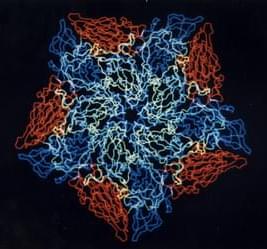
Researchers used machine learning to optimize the process by which a tiny cage is opened to release a molecule.
Researchers have designed a tiny structure that could help deliver drugs inside the body [1]. The theoretical and computational work required machine learning to optimize the parameters for the structure, which could stick to a closed shell containing a small molecule and cause the shell to open. The results demonstrate the potential for machine learning to assist in the development of artificial systems that can perform complex biomolecular processes.
Researchers are developing artificial molecular-scale structures that could perform functions such as drug delivery or gene editing. Creating such artificial systems, however, usually entails a frustrating tradeoff. If the components are simple enough to be computationally tractable, they are unlikely to yield complex interactions. But if the components are too complex, they become harder to combine and coordinate. Machine learning can reduce the computational cost of designing useful artificial systems, according to graduate student Ryan Krueger of Harvard University.
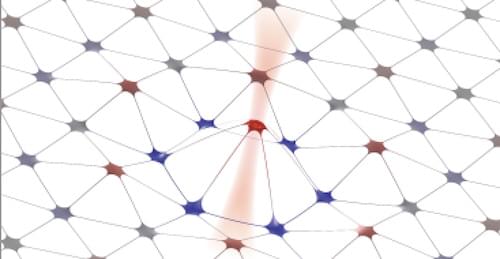
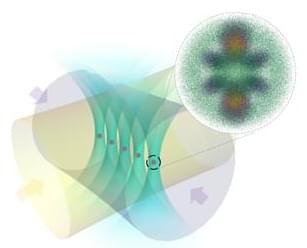
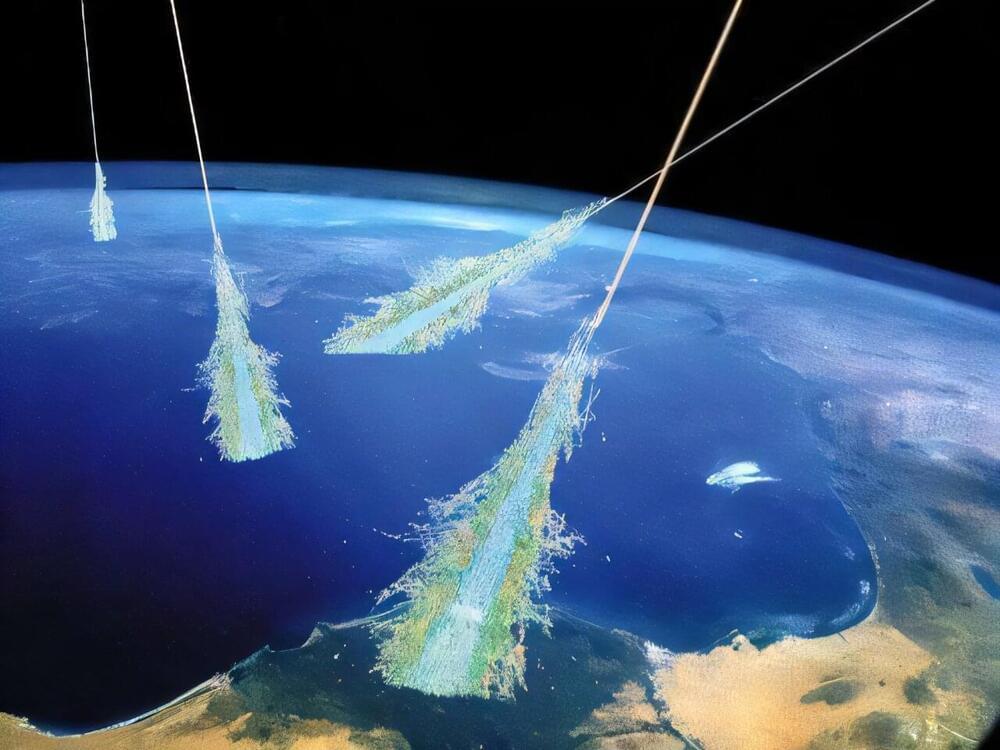
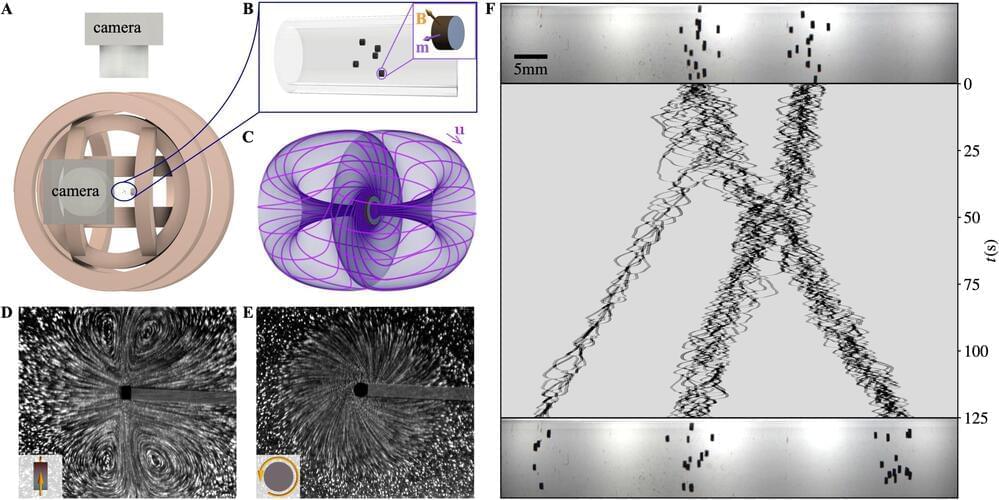
Vorticity, a measure of the local rotation or swirling motion in a fluid, has long been studied by physicists and mathematicians. The dynamics of vorticity is governed by the famed Navier-Stokes equations, which tell us that vorticity is produced by the passage of fluid past walls. Moreover, due to their internal resistance to being sheared, viscous fluids will diffuse the vorticity within them and so any persistent swirling motions will require a constant resupply of vorticity.
Physicists at the University of Chicago and applied mathematicians at the Flatiron Institute recently carried out a study exploring the behavior of viscous fluids in which tiny rotating particles were suspended, acting as local, mobile sources of vorticity. Their paper, published in Nature Physics, outlines fluid behaviors that were never observed before, characterized by self-propulsion, flocking and the emergence of chiral active phases.
“This experiment was a confluence of three curiosities,” William T.M. Irvine, a corresponding author of the paper, told Phys.org. “We had been studying and engineering parity-breaking meta-fluids with fundamentally new properties in 2D and were interested to see how a three-dimensional analog would behave.

There are over 30,000 weather stations in the world, measuring temperature, precipitation and other indicators often on a daily basis. That’s a massive amount of data for climate researchers to compile and analyze to produce the monthly and annual global and regional temperatures (especially) that make the news.
Now researchers have unleashed artificial intelligence (AI) on these datasets to analyze temperature extremes in Europe, finding excellent agreement compared to existing results that used traditional methods, and as well have uncovered climate extremes not previously known. Their work has been published in Nature Communications.
With the world’s climate changing rapidly, it is important to know how temperature and precipitation extremes are changing, so planners can adapt to the extremes here now and to what’s coming.